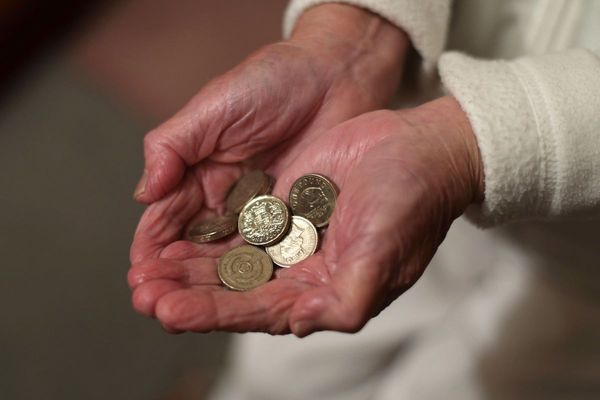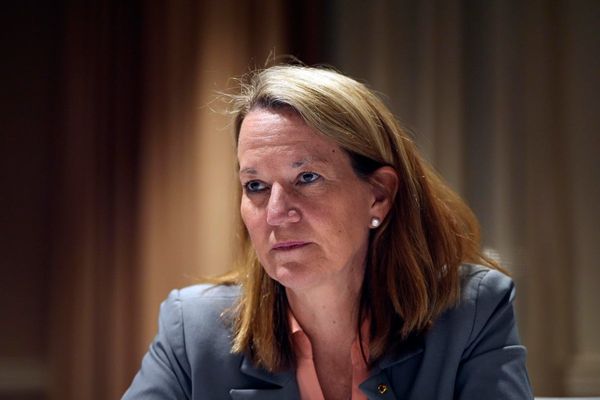LOS ANGELES — After recommending for more than a year that people wait only a few weeks between their first and second doses of COVID-19 vaccines, the U.S. Centers for Disease Control and Prevention has adjusted its suggested timeline for some people by another month or so.
Here’s what we know.
Q. What is changing?
A. Since the Pfizer-BioNTech and Moderna vaccinations were first authorized for distribution by federal officials more than 14 months ago, the recommended interval between the first and second dose of those shots was three and four weeks, respectively.
But on Tuesday, the CDC said it may be optimal for some people 12 and older to space out their first and second shots by eight weeks — especially for males ages 12 to 39.
The CDC said it continues to recommend the shorter, older interval — three weeks for Pfizer and four weeks for Moderna — for people with moderate or severely compromised immune systems; people 65 and older; and anyone else who needs “rapid protection due to increased concern about community transmission or risk of severe disease.”
For children ages 5 to 11, the suggested interval between the first and second doses remains the same, with the second dose coming three weeks after the first.
Q. Why the new recommendation?
A. The benefit of extending the recommended time between shots among certain groups could help reduce the exceedingly rare risk of vaccine-associated myocarditis, an inflammation of the heart, according to information from Dr. Sara Oliver, a pediatrics infectious diseases expert, presented at a recent CDC advisory committee meeting.
Reported rates of myocarditis following Pfizer and Moderna vaccinations, while rare, have been highest among adolescent and young adult males. Rates of post-vaccination myocarditis have been lower among those whose intervals between the first and second COVID-19 shots were at least eight weeks.
If post-vaccination myocarditis does occur, it typically happens within a week of the vaccination, according to the CDC. Most patients who get post-vaccine myocarditis who receive medical treatment respond well and felt better quickly, the CDC said.
Another benefit to extending the interval between the first and second doses is that it may also improve how well the vaccine works, according to Oliver.
Q. What are the risks of the extension?
A. Spacing out the two doses, however, puts a person at greater risk of contracting the coronavirus until the second dose is given. It also would take longer for an unvaccinated person to become “fully vaccinated,” delaying the time they would become eligible for certain activities, such as dining at restaurants where proof of full vaccination is required.
It made sense to have a shorter duration between the two doses early in the pandemic, Oliver said, when “the priority was for individuals to have optimum protection from the primary [vaccination] series as quickly as possible.”
Q. What are the benefits?
A. Scientists still say that the benefits of both the Pfizer and Moderna vaccines far outweigh the risk of vaccine-associated myocarditis.
For instance, among people ages 18 to 39, for every 1 million second doses of the Moderna vaccine administered, nearly 3,000 COVID-associated hospitalizations are prevented while 33 cases of vaccine-associated myocarditis are expected.
Among that same group, for every 1 million second doses of the Pfizer vaccine administered, more than 2,800 COVID-associated hospitalizations are prevented and 24 cases of vaccine-associated myocarditis are expected.
“The benefits of receiving either mRNA vaccine far outweigh the risk,” Oliver said. The Moderna and Pfizer vaccines are collectively known as mRNA vaccines.
There are about 33 million unvaccinated people in the U.S. between ages 12 to 39, she said.
About 35% of people ages 12 to 17 are unvaccinated, as are 25% of people ages 25 to 49. By contrast, 15% of people in their 40s are unvaccinated, as are just 8% of those between ages 50 and 64, and just 5% of those age 65 and older.







